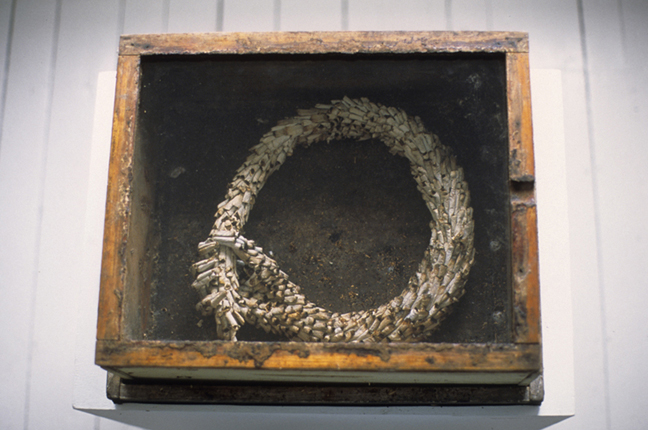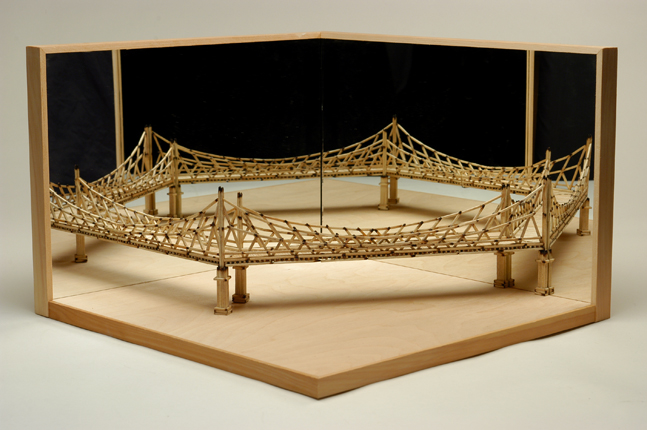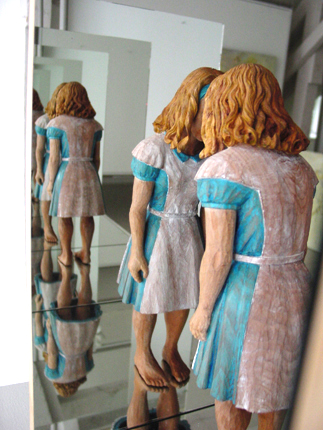
After Greg suggested I take a look at her paintings, I looked up the British native Cecily Brown online and was quite intrigued by her work. While her largely sexual related themes differ from the self-reflective themes I have in mind, her abstract style appeals to me. I plan to draw/paint particularly emotional or inspiring moments of studying abroad in England that I remember, either based on sketches of scenic views or from my memory. I want these to be personal, to kind of spill my guts out for all to see. I think taking a similar approach to Brown's abstract expressionism in my work could be one effective way to do this.
I decided to take the opportunity this weekend to see her exhibit, which opened recently at the Gagosian Gallery in NY, and it was pretty intense. Three rooms displayed large and smaller paintings, all abstract and ranging in color, and all without much hint of meaning or title.
Since I was familiar with her abstract expressionism, I expecte

d to interpret each piece mostly on my own, but the lack of caption and title made it even more perplexing. I felt almost abandoned, left on my own to find an answer in each image. However, I also felt much freer to interpret Brown's paintings. While many of her works exhibit nothing recognizable, their colors and brushstrokes offer some kind of mood or trigger of emotion. Other works have subtle hints of familiar objects or figures or part of figures, which I liked. This leads the viewer to make his own connections between what he sees based on his own opinions, experiences and knowledge to find meaning. I think this a goal for many artists, like Slater and Sara's picks George Nick and Duane Michals; it is important to them, whether through photography or paint, to set a scene that the viewer can connect with and that evokes thought. In these ways the viewer connects more to the artist.
Still in other pieces, like her
Skulldiver series, the subject of sex becomes abundantly clear in their subtleties. These made the trip with my dad a bit more awkward, but all the more interesting. They certainly sparked some great conversation and questions, wondering how Brown works, with preliminary sketches or is it spontaneous? You can see her knowledge of arthistory in her work, as it reflects styles of Willem de Kooning and Francis Bacon. I am most drawn to her use of color and brushstrokes and want to shadow those somehow in my project in order to emanate my own emotions and to spark similar reactions in the viewer. Since I plan to work with mixed media (pen, ink, pastels, etc.) and am still quite new in my painterly skills, I can't see myself producing work just like hers stylistically, but it is somewhere to start.
Here's a review of her exhibit





 There is also a depiction of sadness in the photographs due to the animal’s look and the confinement of their living conditions. He also comments on the “mental illness” of the animals. One of my paintings will examine this disorder through the ways in which we attempt to preserve a species. While I will be working with paintings, some of Noelker’s ideas are very similar to what I will be focusing on. I will be showing the corrupt environments of beautiful creatures under the influence of mankind. I hope for the viewer to obtain an emotional response and to want to promote change.
There is also a depiction of sadness in the photographs due to the animal’s look and the confinement of their living conditions. He also comments on the “mental illness” of the animals. One of my paintings will examine this disorder through the ways in which we attempt to preserve a species. While I will be working with paintings, some of Noelker’s ideas are very similar to what I will be focusing on. I will be showing the corrupt environments of beautiful creatures under the influence of mankind. I hope for the viewer to obtain an emotional response and to want to promote change.














